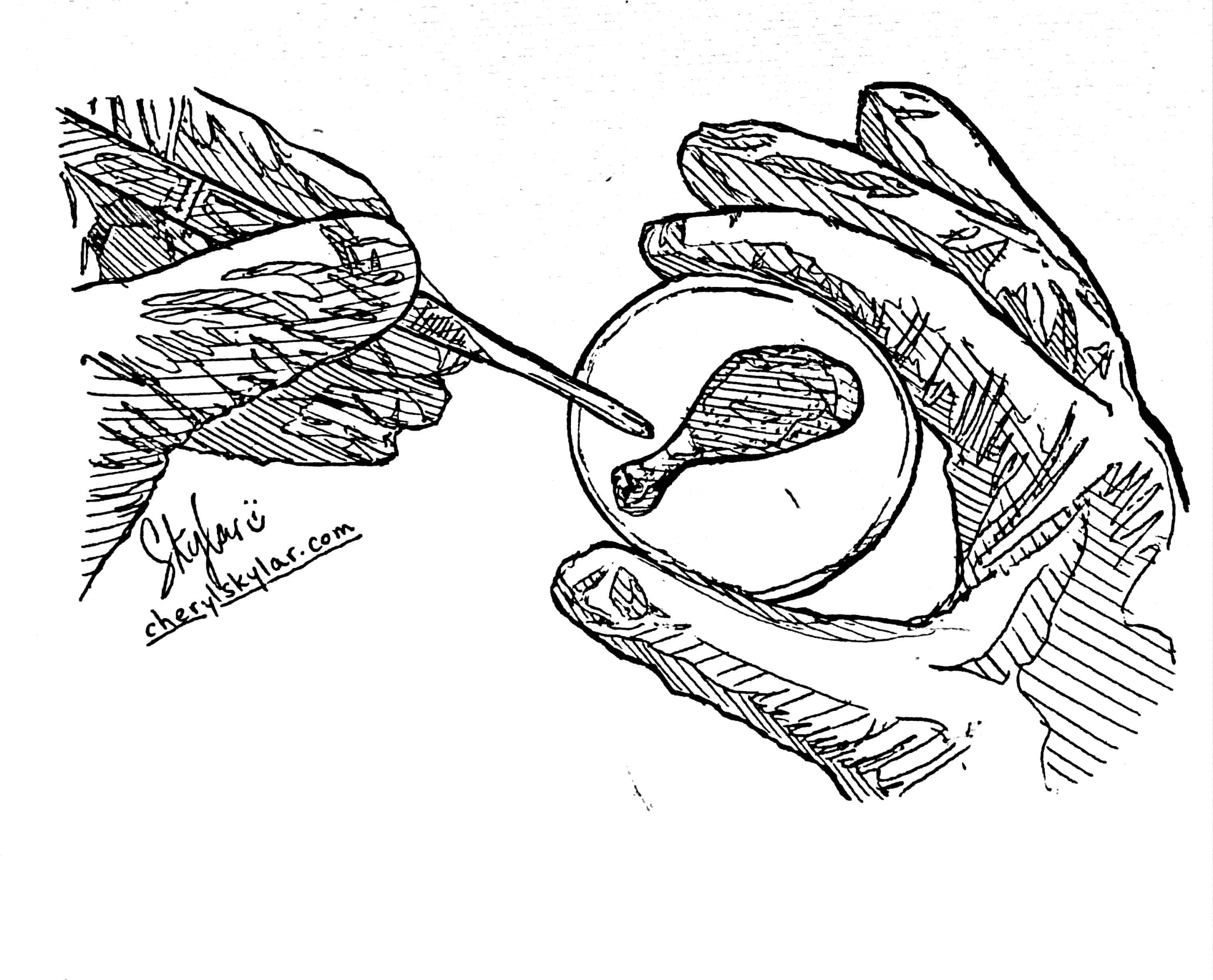U of T researchers have received a $250,000 USD grant to further research growth factors and hormones used in artificial meat manufacturing. The group of four is the only Canadian cell-based winner of the two-year grant, which was bestowed by The Good Food Institute in Washington, DC.
The team is led by Dr. Peter Stogios, Senior Research Associate at the Department of Chemical Engineering & Applied Chemistry. His team aims to develop a cheaper, more environmentally-friendly way to produce lab-grown meat.
“My research won’t involve growing the meat itself — we are working on discovering better additives (growth factors [or] hormones) that are cheaper and more effective than what is used right now,” wrote Stogios in an email to The Varsity. “The growth factors that are necessary to grow meat are genetically encoded in animals, but we synthesize them in the lab.”
The initial research phase is expected to take six months, and will be followed by an 18-month engineering phase if a cheaper hormone is found. While most artificial food research focuses on beef, if successful, the group’s research could lead to other proteins, such as chicken, being developed in a similar fashion.
Artificial meat is currently expensive to create, with one pound costing approximately $2,400 USD to produce. Although this is an improvement from the $300,000 USD per pound cost from five years ago, the product still needs to be more affordable for it to become a viable replacement for livestock meat through mass production.
Widespread use of artificial meat would have numerous potential benefits, ranging from the environmental to the ethical.
In particular, Stogios highlighted the decrease in greenhouse gas emissions that would likely result from the adoption of lab-grown meat, as such emissions are associated with animal husbandry. Land and water that would otherwise be used by animals would also be saved, and ethical concerns over farmed animals’ rights would be avoided.
However, there are some concerns among the general public over artificial meat, including the belief that it may still involve livestock.
“There are no animals involved except that the initial cells that start the meat growing process were originally taken from animals,” wrote Stogios. “The meat is grown in a bioreactor which is a large tank, and inside there are grids or strips onto which the tissue grows.”
Furthermore, many people may be hesitant to eat lab-grown meat due to perceived differences in taste and texture from livestock meat, or fears about the process of development.
“I would like the public to know that there is nothing to fear about this technology — it is not a genetically modified organism nor is it infectious or disease causing,” wrote Stogios. “The meat that is grown in the lab is comprised of the exact [same] ‘stuff’ that is in meat from animals — cells, tissues, vitamins, minerals, hormones, etc. — and so if the public is comfortable eating traditional meat, they should be comfortable eating lab grown meat.”


